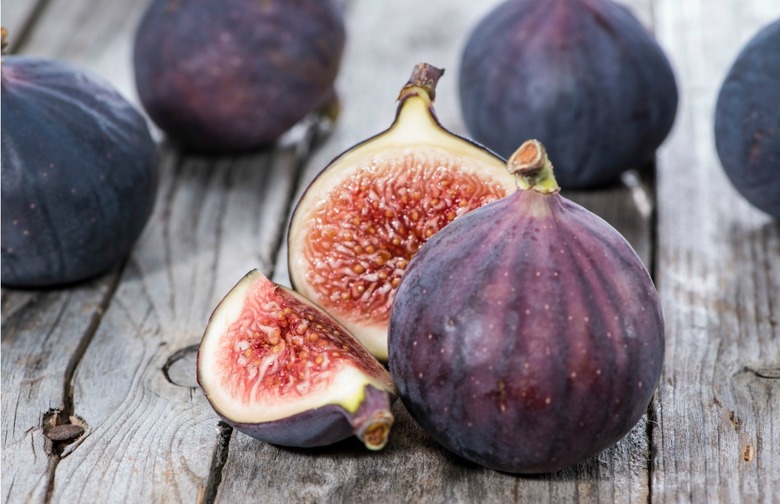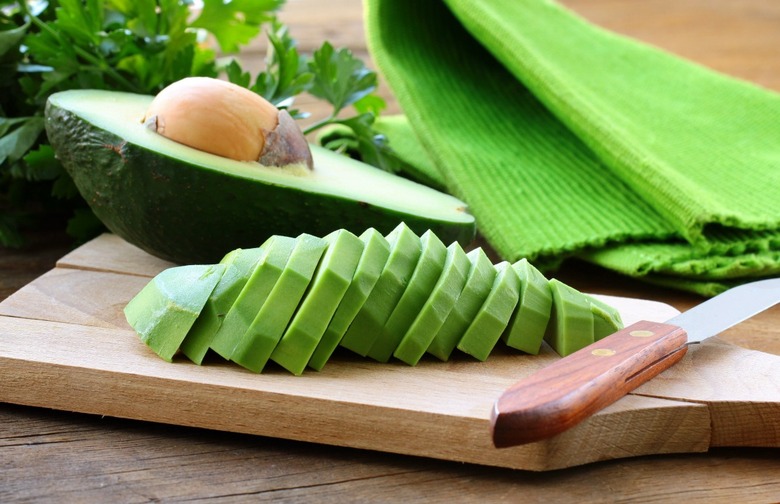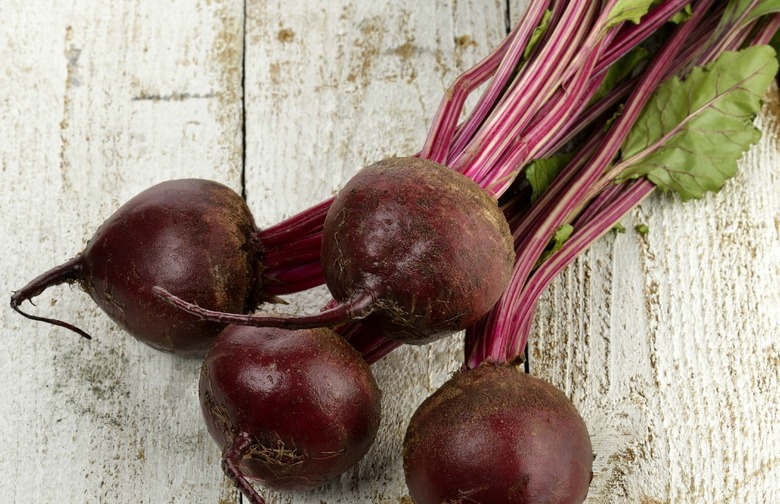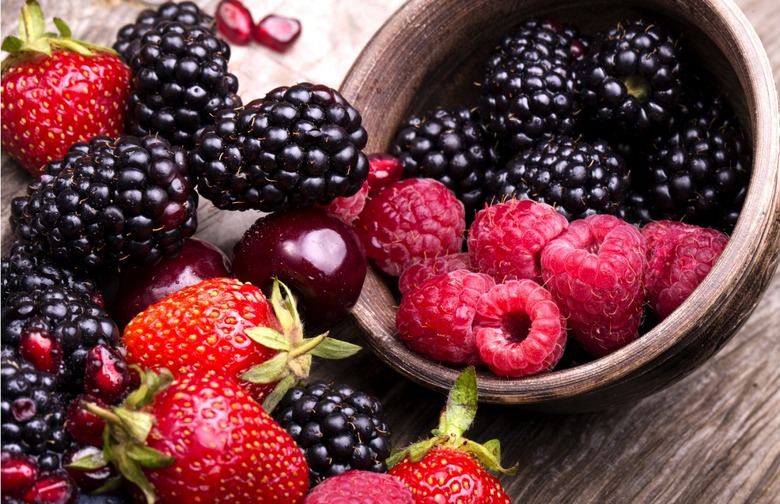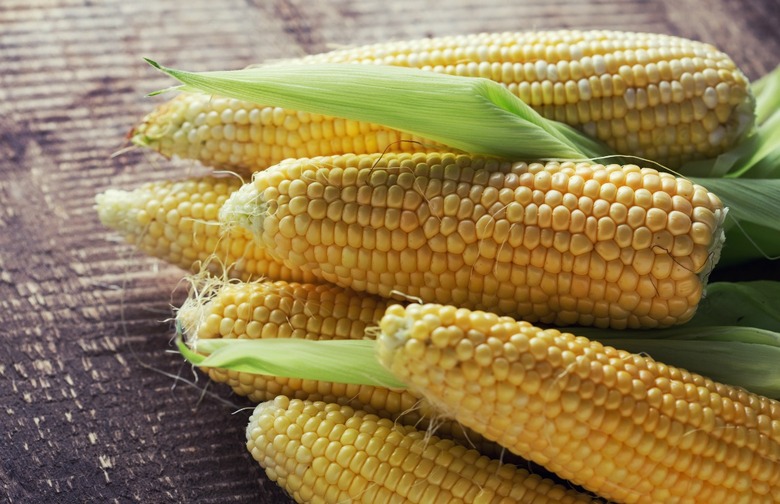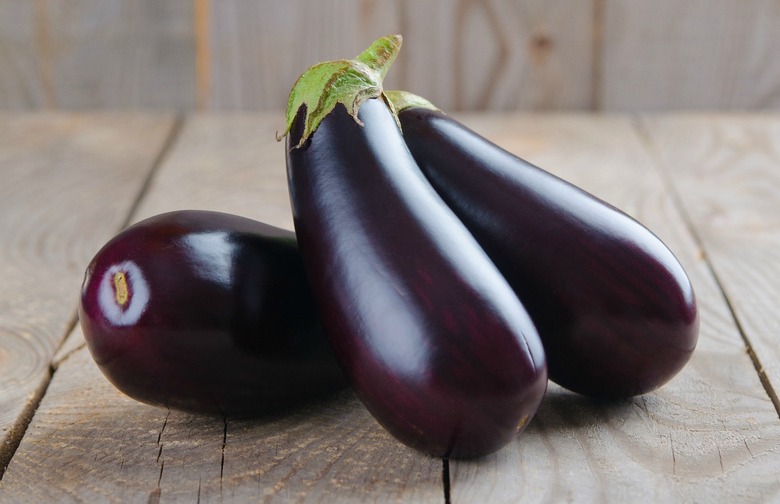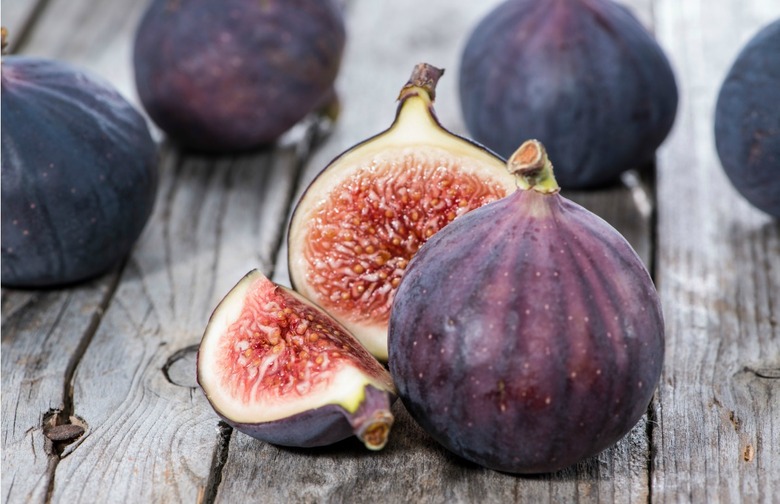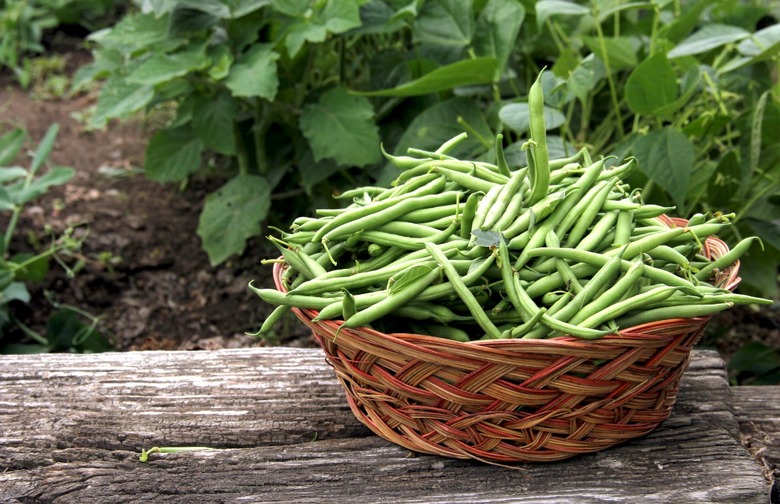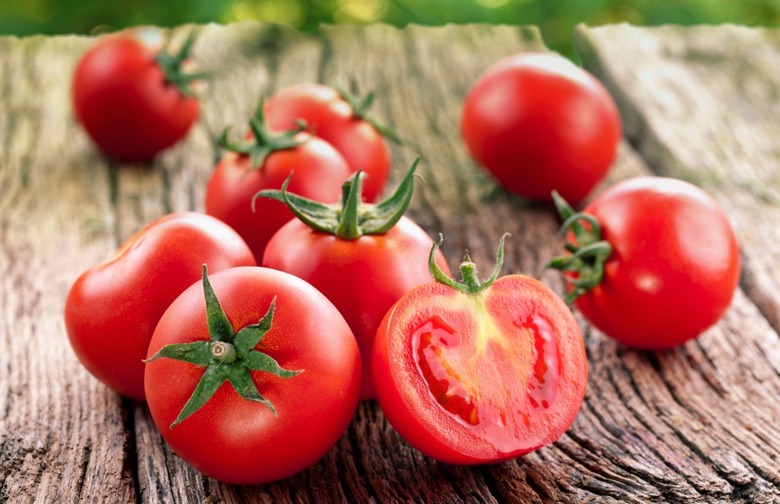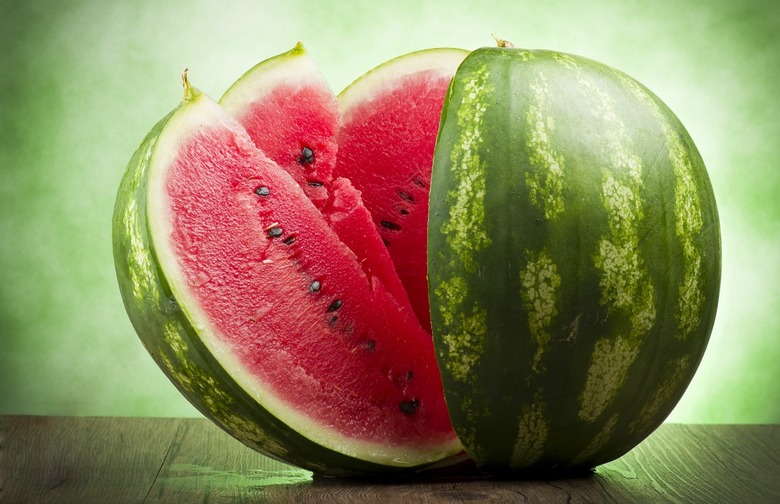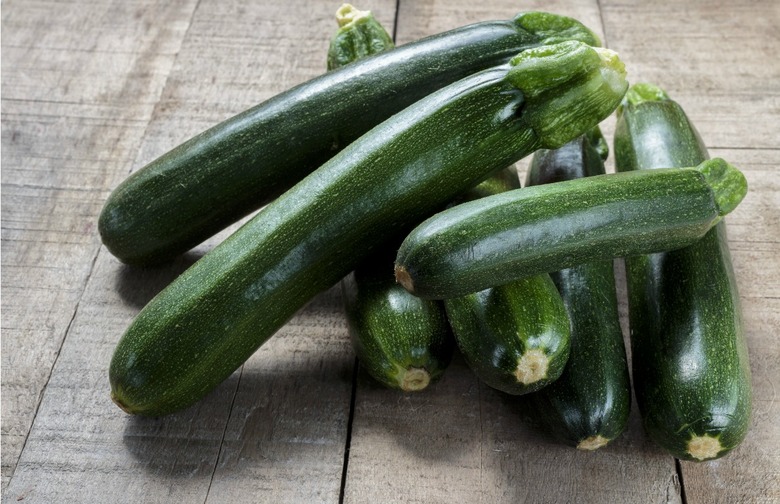How To Tell If These 10 Summer Foods Are Ripe
Do you know what to look for when you're buying fresh fruits and vegetables?
Avocado
Don't judge an avocado solely by its color. Although a dark color can mean that an avocado is ripe, its firmness is a better indicator. A ripe avocado will yield slightly under light pressure but will not feel mushy.
Beets
Like other root vegetables, beets should never be soft. Make sure you choose firm, colorful beets that are stored (and sold) in a dry place — if beets are stored in a moist environment, they'll go bad more quickly.
Berries
Clear signs that your berries are at their prime? They are deeply colorful and fragrant but have no signs of mold. If the berries are so ripe that you notice wet spots at the bottom of the package, they're about to turn, so choose another package.
Corn
You don't have to husk your corn to tell if it's ripe — in fact, it will last longer if you leave the husk on. Instead, choose heavy ears of corn whose silks are not dried out. Then, gently press on the corn to see if the kernels are firm and straight — if they are, the odds are good that you've got a ripe ear of corn.
Eggplant
Though softness is an indicator of ripeness for many fruits and vegetables, that's not the case with eggplant. Ripe eggplant is firm and the skin is shiny and wrinkle-free.
Figs
There are two main things to check for when you're purchasing fresh figs. Ripe figs are soft (with a little give under slight pressure) but not mushy or bruised. If you're still unsure whether a fig is ripe or not, check the stem — a loose stem means the fig is overly ripe.
Green Beans
Ripe green beans should snap easily when they're bent. If effort is required to snap the bean (or if they won't snap at all), don't buy them. Other things to look for when you're buying fresh green beans? Pass on any green beans that are dark, soft, overly spotty, or that display visible signs of mold.
Tomatoes
You need to check three things when you're determining the ripeness of tomatoes. First, look for a dark, vibrantly colored skin (unless you're purchasing heirloom tomatoes). Then, gently press on the tomato to make sure that it is slightly soft (but not mushy). Lastly, make sure there are no signs of fruit flies — if you see any, buy your tomatoes elsewhere.
Watermelon
The best way to choose a perfectly ripe watermelon is to select one that's as heavy as possible for its size. If you're still unsure, try comparing two watermelons of the same size and choosing the heavier one.
Zucchini
Color is often a good indicator of ripeness, and zucchini is no exception. Ripe zucchini will have a dark green skin that is bright and consistent in tone. You should also feel the skin — if it has a rubbery texture, then the squash is ripe.
